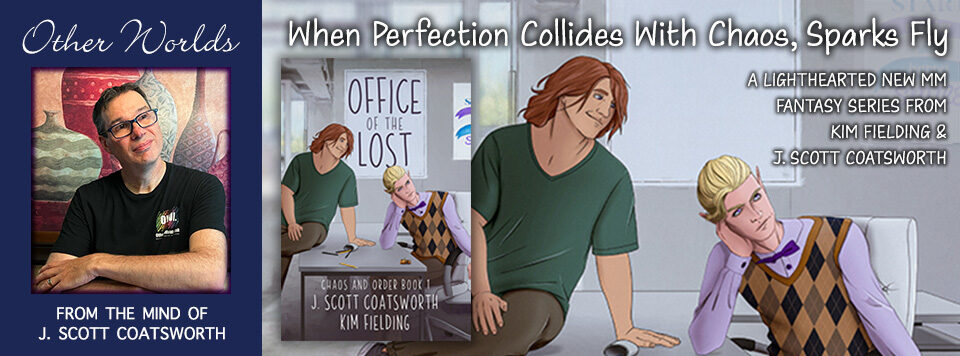
Writing fascinating, well-rounded characters comes easily to some people. Character traits, past histories, and quirky, unique personalities seem to just flow out of their fingers and onto the page, and every book is a new adventure filled with a fascinating new cast.
I am not one of those people.
Are you? If you are, you can stop reading here. 🙂
I grew up devouring science fiction and fantasy, and I was hooked on the Big Concept. Dragons are real and can travel between in the blink of an eye? OMG, give me that book. Living space ships will carry humanity across the stars? I am so there for you.
And yes, some of these concept writers were also great with characterization. But even if they weren’t, it didn’t matter to me. I was oblivious, flying halfway across the galaxy with my arms flung wide on a life-changing adventure.
Jump forward to 2013-14, when I finally got serious about writing. I had Concepts in spades – broken worlds, generation ships, astronauts and werewolves, oh my!
But one of the consistent criticisms I got in those first few years was that my characters fell a little flat. Don’t get me wrong. No one said they were horrible, but they just didn’t seem to spring to life off the page. And so began my journey to be a better character writer.
I tried a number of things… the first of which was just paying more attention to my characters – who they are, where they come from, and what they want.
I’ve read books, worked up formulas, and made long lists of character traits and possessions. In the end, it all comes down to one thing. Knowing down to my bones who my characters are.
So here’s my (current) process, subject to change:
- Make a List: I still start with a list. I know, it’s all dry, basic stuff, and maybe not so helpful in building the actual tone of the character. But it helps me get a sense of where they came from, what formed them, what they look like, and maybe a quirk or tic or two I can use to help set them apart from the others. And it’s a great reference for when I need to remember who had blue eyes, who had a mohawk, and who scratches their armpits whenever they get nervous.
- Figure Out the Dynamics: How do the characters play off of each other? One tip I received a few years ago at a con has really helped me here. I give each character a verb that describes their main character action – retreat, deny, embrace – which helps me figure out how the character will react in any given circumstance. Then I give other characters opposing verbs – retreat vs. attack – that can set up a natural point of conflict I can use throughout the story.
- Pick a Character Archetype (or Three): Archetypes are common character constructs that are used again and again in fiction. You know them, even if you don’t know them. The Strong Silent Man. The Boy Next Door. The Rich Benefactor. These are all tropes, and can be mixed and matched a bit to create an interesting character. Amy Lane’s Crafting Category Romance was really useful to me for this, and regardless of the title, her list of character archetypes/tropes can be very helpful to any writer building fictional characters.
- Get Into Their Heads: Another useful tool is the writing exercise – put your character into various situations and see how they will act/react. I used this extensively with a character in a forthcoming novel, and it really helped me dig into Raven’s character – who he was, how he felt, and how he would respond to various situations and pressures. My favorite book for this is Write Characters Your Readers Won’t Forget by Stant Litore, which is chock-full of practical writing exercises to take you on a deep dive into your characters.
- Just Write: The final bit of advice I’ll give you is to just dive in. You’ve done the prep work, and you have your notes to fall back on. But just like you’ll probably never be fluent in a foreign language until you spend some time in that country, you won’t really know your characters until you immerse yourself in your story and start to write them.
I just got back beta reads on the third book in my current WIP, and multiple beta readers told me that the characters were much clearer than they were in book one. This is no accident. We’ve now spent two years and almost 300,000 words together, and I can tell you who they are, how they talk, and what they will do in any given situations. They’re a part of me now.
So talk to your characters. Wine and dine them, and get to know who they really are.
Your characters may surprise you. Despite all of your careful planning, they may exhibit traits you didn’t expect, or push back on the assumptions you’ve made about them. That’s okay… the longer you work with them, the more clearly they will sing in your mind.
And that’s part of the magic of writing.
To my writer friends, how do you build great characters?
